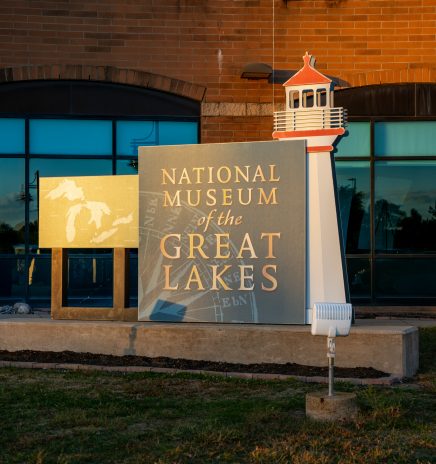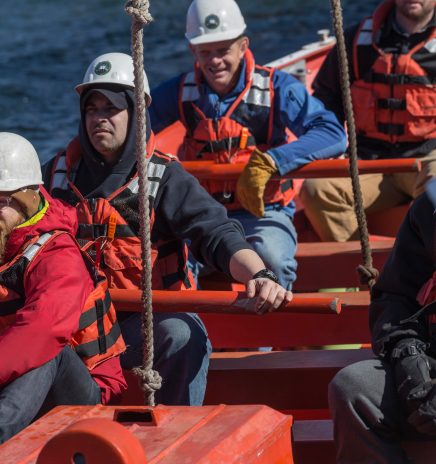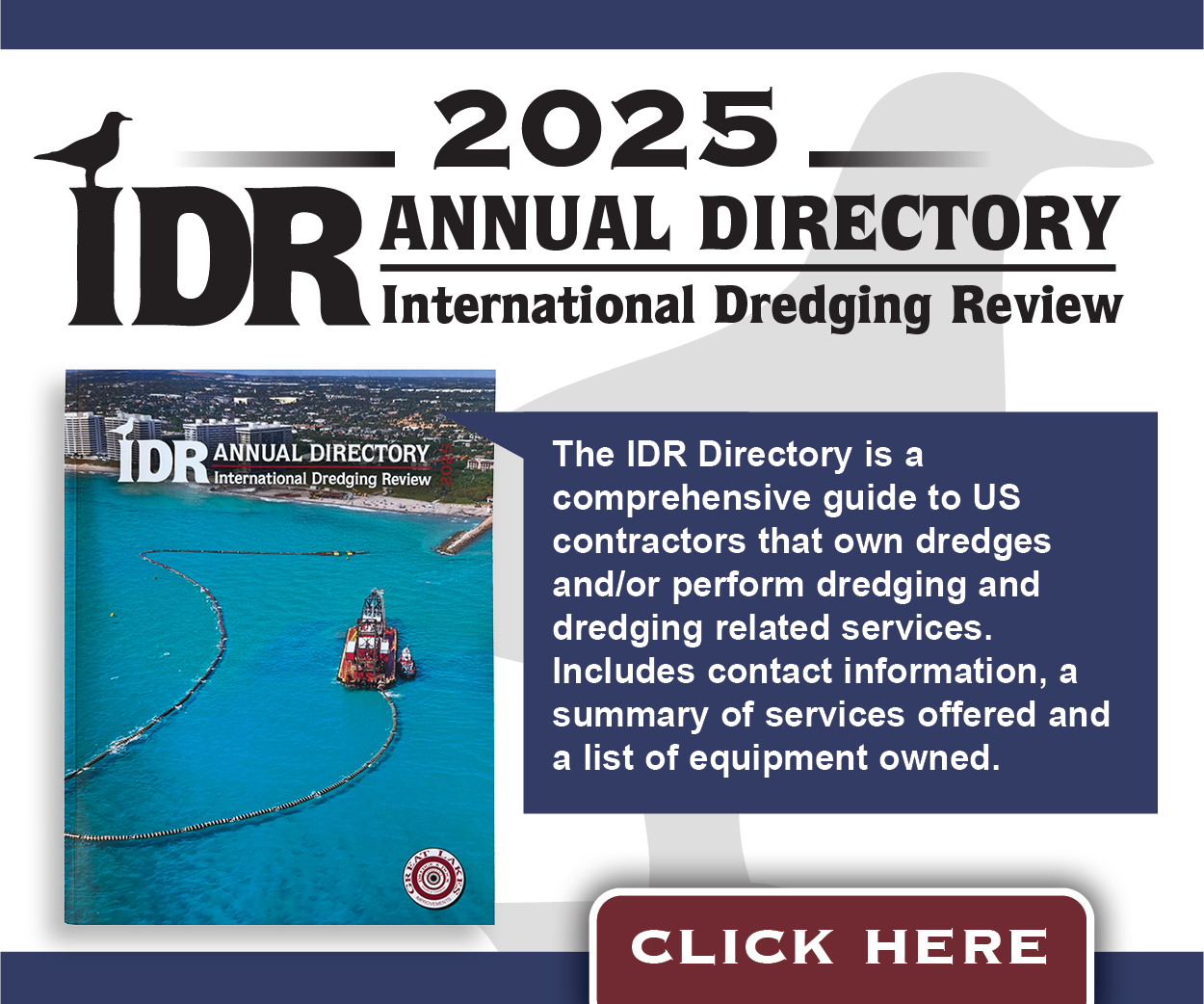Joining forces is imperative for tackling marine labour shortages

Twenty years ago, when I was a journalist working in newspapers, economists and various other experts were sounding the alarm about impending skills and labour shortages coming down the pipeline as Canada’s population aged. Many of the same conversations that are happening today around better recognition of new immigrants’ credentials/education; improving the participation of women and other underrepresented groups in the workforce, and modernizing training, were all a part of those discussions many years ago.
Let’s face it – as humans we’re not the greatest at taking preventative action against a threat looming in the future. Now, Canada’s baby boomer retirement wave is here. Nineteen percent of the population is over 65 (that number was 9% in 1980) and a further 22% of the population is 55 to 64. Many industries are already scrambling to fill vacancies, including the Canadian marine sector operating in the Great Lakes-St. Lawrence region.
The topics of training and recruitment are now at the top of marine sector meeting agendas. Crew scheduling has become a Herculean task. To keep vessels moving, Great Lakes-Seaway ship operators are calling sailors out of retirement and hiring foreign seafarers with work permits thanks to Transport Canada’s bilateral agreements with several countries to provide swift reciprocal recognition of certificates of competencies. Marine colleges are struggling to hire instructors; government agencies are having trouble finding ship surveyors, inspectors and crew members.
How much worse can labour shortages get? Unfortunately, a lot. Transport Canada research published in 2021 estimated that 43% of the marine transportation workforce will retire in the next 10 years and 19,000 Canadian seafarer positions will need to be filled. That does not include seafarers required on Coast Guard, Navy, pilotage and other government-related vessels, or any shoreside positions.
There are no easy answers to our labour predicament. The number of people retiring as the population ages simply doesn’t match the younger generation entering the pipeline. And that mismatch is even more pronounced in marine transportation, which is predominantly comprised of older individuals. With only 3-7% of crew positions being filled by women and the number of indigenous participants too low to register – marine has a lot of work to do to maximize workforce participation from every part of the population.
Thankfully, momentum is growing across the industry to tackle this challenge. Launched in 2019, the Canadian Marine Careers Foundation (CMCF) now has 33 different organizations across the country participating in our Imagine Marine career marine awareness activities and educational outreach projects aimed at Canadian youth and second-career seekers. Organizations ranging from government departments, colleges, ship operators, ports, marine services, pilots, labour unions and industry associations, are putting aside their competitive instincts in recognition that growing the overall labour pool together will help everyone stay afloat.
That momentum is encouraging: Together we will be creating more pathways for second career seekers from all backgrounds to choose marine; entrenching marine in provincial education systems and with youth-centered groups; and ensuring we have the capacity and modernized delivery options to train our future workforce.
Another important step towards those aims, I would argue, is for Canada to take a whole-of-government approach to work with industry to address barriers that have existed for many years – including a lack of labour market data, training accessibility, the exclusion of marine training from some funding programs, not recognizing certain marine occupations as skilled trades; and improvements to the pathway to permanent residency for mariners.
Marine workforce-related issues often present complex challenges and frequently require the involvement of multiple government departments at both the provincial and federal level. At the federal level alone, matters impacting labour and skills development within the marine sector cut across Transport Canada, Canadian Coast Guard, Department of National Defence, Employment and Social Development Canada, Immigration Refugees and Citizenship Canada, among others.
Forming an inter-department working group (or a collaborative forum) with representatives from key departments with responsibilities for marine sector labour and skills development would lead to efficiencies in policy and regulatory coordination as well as program development and delivery.
A “whole of government” approach would provide the opportunity for better coordination amongst government departments and provide industry stakeholders with a more efficient process for engagement with government to address issues. Benefits could also be realized in addressing the internal needs of government for those departments and agencies with operational responsibilities for Coast Guard and naval assets and personnel.
At the Canadian Marine Careers Foundation, we are already starting to see the benefits of pooling resources and the power of partnerships between our private and public sector members. A joined-up, holistic approach is simply the best way for us to make real progress on issues that extend beyond the parameters of any one agency or department within government.

From History Keepers to Industry Builders at the National Museum of the Great Lakes
At the National Museum of the Great Lakes, our mission is to preserve, share and celebrate the past, present and future of the Great Lakes story. That story is vast,... Read More

Building a Framework To Address Workforce Shortages
The United States Merchant Marine is at a crossroads – one that could define the future of our maritime sector for generations. As workforce shortages collide with increased global competition,... Read More



